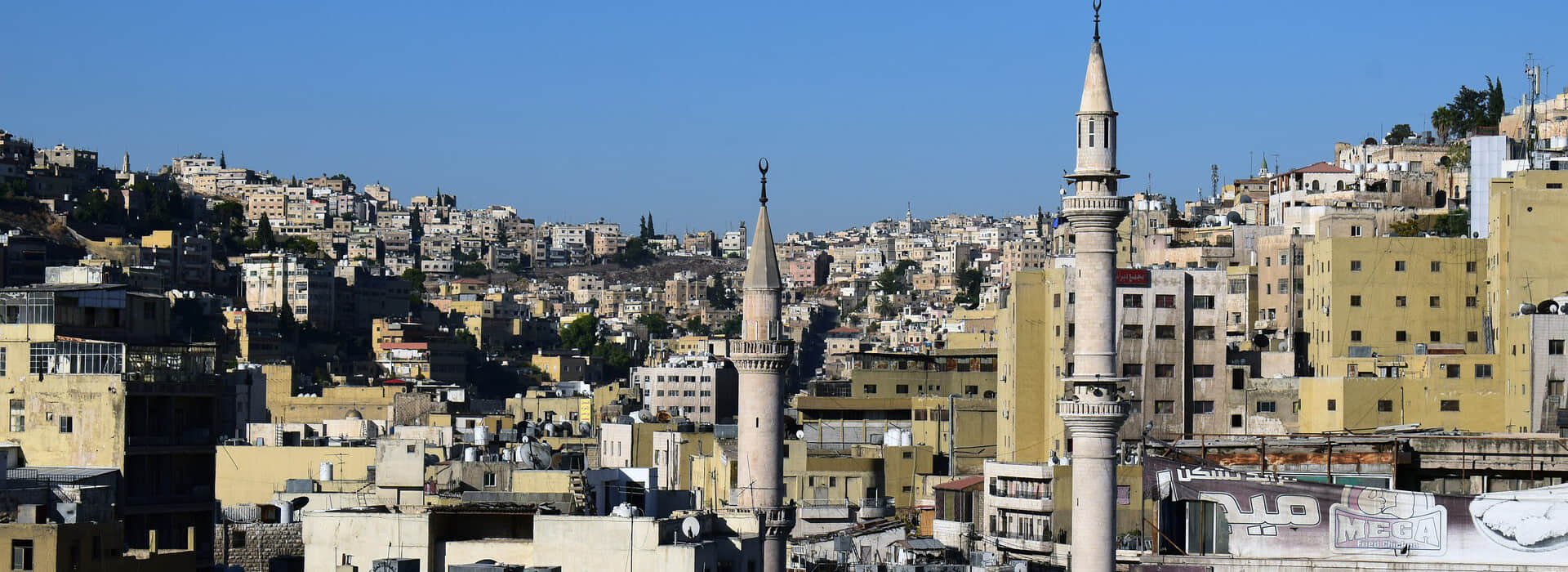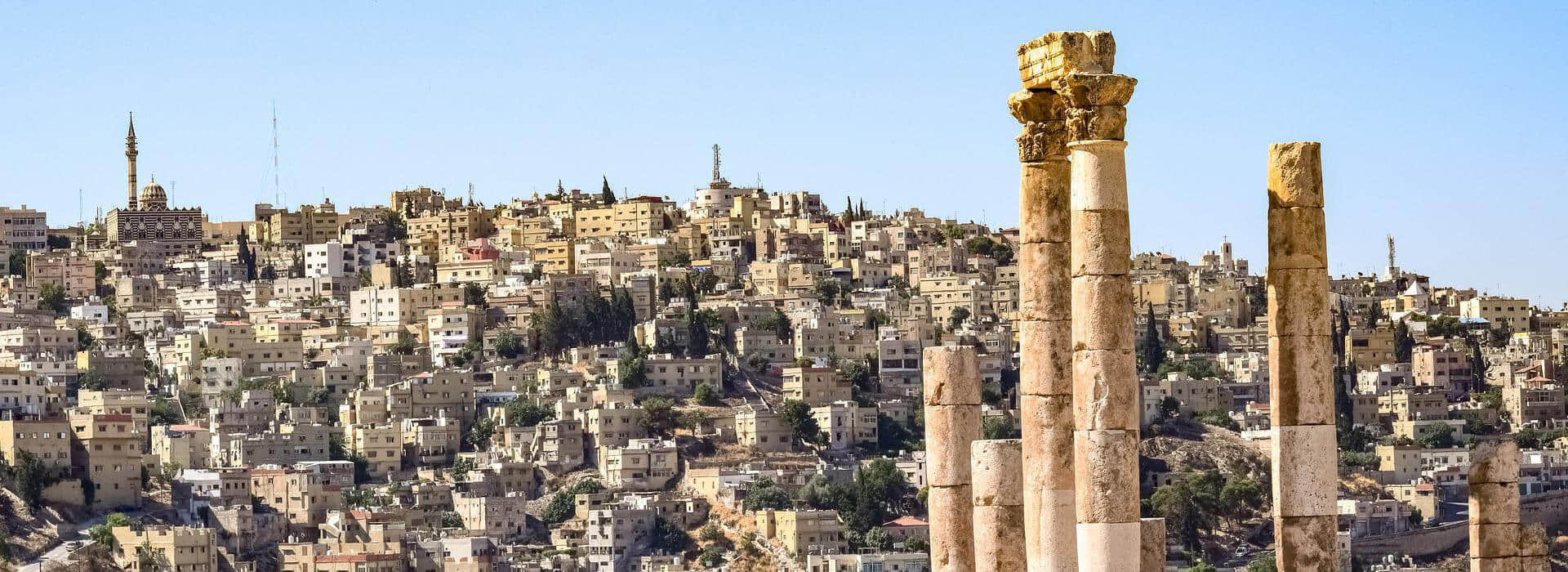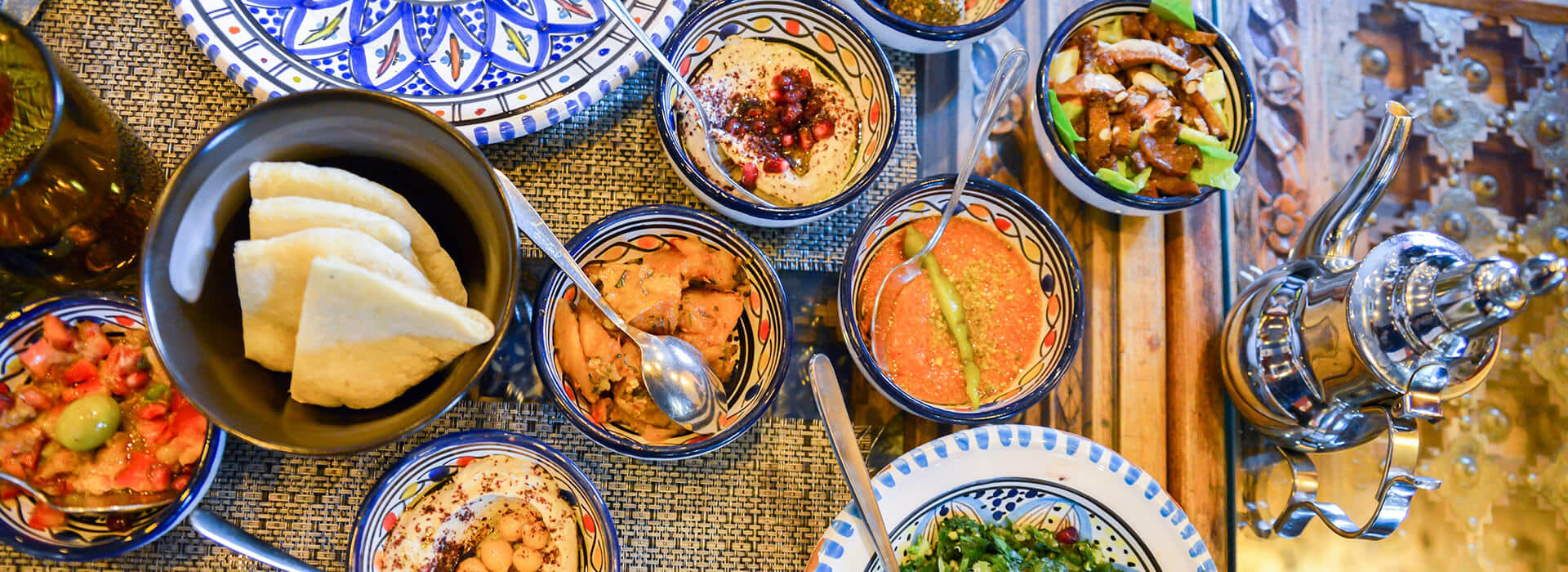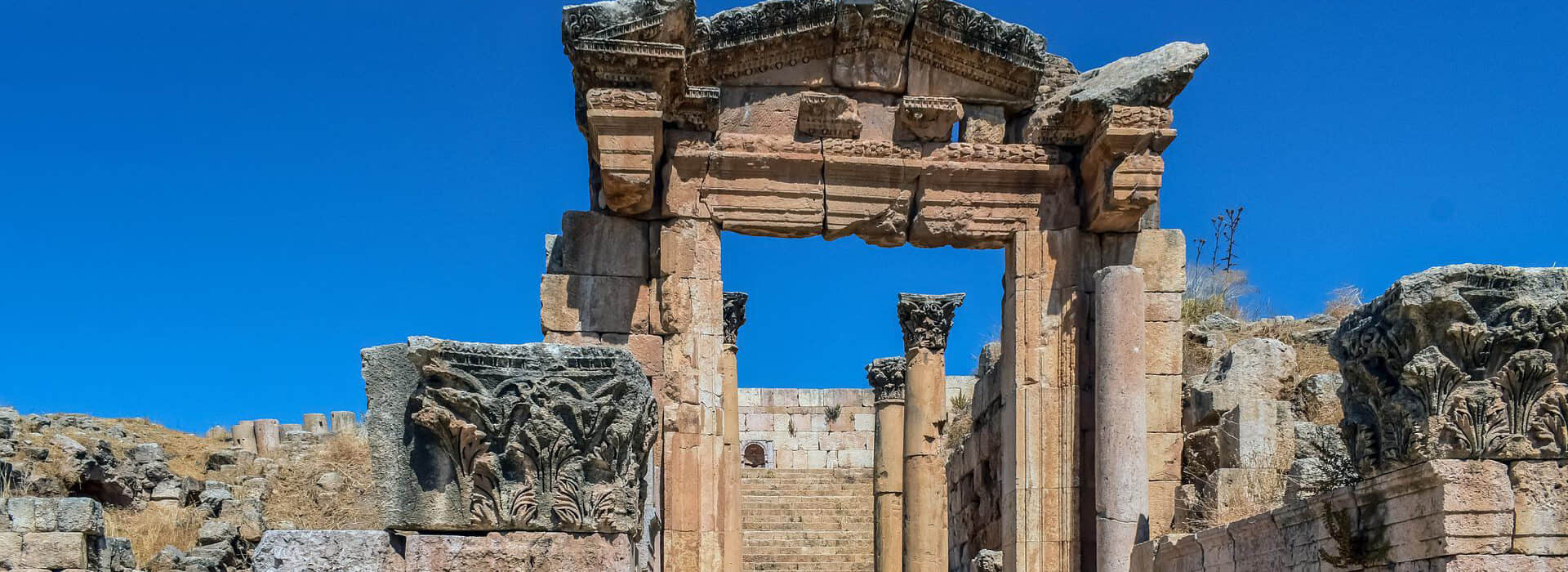Top 10 Things to Do in Amman
Amman is the capital of Jordan, the largest city in Jordan, the capital of Amman Province, and the center of national politics, culture, commerce and international exchanges. Once was called Philadelphia and a part of the Decapolis set up by Pompey in 63 BCE, Amman has a history of more than 2000 years. That’s why you can find a lot of ancient Roman ruins here. Amman is your perfect introduction to Middle East. It was not only a central crossing point of and the birthplace of several great civilizations, but also a city that is constantly in development, with a stark contrast between its past and now. Amman is westernized but maintains its Middle Eastern flair, brimming with mouth-watering food and incredibly hospitable people.
To help you to plan your trip to Amman, we listed top 10 things to do in Amman below:
#1. Look Back in Time
Amman was once a busy metropolis in the Roman Far East. Evidence of this can be seen at the Amman Citadel, whose hilltop location allows you to enjoy a very good view of the city).On the hilltop stands the Roman Temple of Hercules. Once connected to the Forum (downtown), the temple was built during the reign of Roman Emperor Marcus Aurelius (161–180CE). The only obvious remains are parts of the podium and the columns, which are visible from around town. Another highlight of the Citadel is Umayyad Palace. It was believed to be the work of Umayyad Arabs and dating from about 720CE.The palace was an extensive complex of royal and residential buildings and was once home to the governor of Amman.
Another ruins of Roman period is the Roman Amphitheatre. Built during the reign of Antoninus Pius in 138-161CE, the Roman Amphitheatre today finds itself in the thick of downtown Amman. It’s a much-celebrated landmark, often used to host popular concerts and other cultural events thanks to a mighty capacity of no less than 6,000.
#2. A Stroll Along Rainbow Street
Located right in the city’s heart, Rainbow Street, originally named Abu Bakr al Siddiq Street, is one of the coolest places in central Amman, and it has become popular not only among tourists, but the young, hip crowd of Amman locals. Whether you’re visiting this colorful street in Amman for its nightlife or you prefer to visit it during the day, there’s a lot to explore here. You can either visit this street during the day or during the night. It’s open 24/7. If you’re looking for some fun and you want to experience the nightlife in Amman, you can visit it during the night. You’ll find lots of bars and rooftop terraces where you can relax and have a great time.
There are lots of activities to do during the day too. You can admire the street art, try one of the restaurants, shop for souvenirs or clothes, or simply take a walk and relax.
#3. Appreciate Amman's Islamic Architecture
Jordan is known as being a relatively moderate Muslim country, but the vast majority of Jordanians remain faithful observers of the religion. One of the most beautiful manifestations of their faith is the mosques you find throughout Amman. Amman boasts Islamic architecture spanning from ancient times to the modern age. Four towering minarets announce the pink-and-white King Hussein Mosque. The Ottoman-style construction was rebuilt in 1932 over the site of an ancient mosque from 640 CE. On Fridays during the Islamic holy month of Ramadan, worshippers often spill out onto the streets. Venture farther east, where the turquoise-domed King Abdullah Mosque, a memorial to the late King Hussein’s grandfather, pops against the sandy-colored landscape. The dome is adorned by intricate Quranic inscriptions and accommodates thousands of worshippers. Another 15 minutes east, Abu Darwish Mosque sits on Jebel al-Ashrafiyeh, one of Amman’s seven hills, and is most notable for its stunning facade, made up of alternating layers of black and white stone.
#4. For fan of art, visit the Jordan National Gallery of Fine Arts
The Jordan National Gallery of Fine Arts was established in 1980 by The Royal Society of Fine Arts, and today exhibits a vast permanent collection of contemporary art by artists from across the developing world. This small museum has a nice collection of 3000 works that include paining, but also sculptures and photos from artists from 60 countries, though most would be Jordanian. This art gallery offers a thorough representation of Jordanian art and cultural scenes. It regularly hosts workshops, seminars and other cultural events. The gallery is comprises of 2 buildings and a beautiful sculpture park between them.
#5. Learn about history at the Jordan Museum
The Jordan Museum serves as a comprehensive national centre for learning and knowledge that reflects Jordan’s history and culture, and presents in an engaging yet educational way the Kingdom’s historic, antique and heritage property as part of the ongoing story of Jordan’s past, present, and future. Display of Dead Sea scrolls is highlight of the museum. You’ll watch a short documental movie about Dead sea scrolls. Do not miss "Your name in the ancient languages of Jordan" experience: You can write your name in Aramaic, Nabataean, Greek and Arabic, and print them out.
#6. Use Amman as base for tour to Dead Sea
It is only about 73km from Amman to Dead Sea and it takes you only about 1 hour by car. You can use Amman as base for a day tour to Dead Sea.
The Dead Sea is so named because its high salinity discourages the growth of fish, plants, and other wildlife. It is the lowest surface feature on Earth, sitting roughly 400 meters (1,300 feet) below sea level.
For those interested in history, the baptism site of Jesus Christ is a 25-minute drive north of the Dead Sea resorts. One of the holiest sites in Christianity, the spot is believed to be where John the Baptist baptized Jesus Christ, and the gathering place of many prophets.
#7. Taste Amman’s Best Falafel
Falafel are deep-fried balls or patties made from chickpeas or fava beans, sometimes both, plus fresh herbs and spices. Falafel is a popular street food sold from vendors or fast-casual spots in Amman. Hashem is said to one of the most ideal places where locals and tourists get to eat the best falafel. Amman has some of the oldest restaurants that are open all 7 days a week, 24 hours a day. People can give their taste buds a treat to some of the best chickpeas served with fresh mint, tomato, onion, pita bread, and hummus. One can enjoy the perfect mint tea after a yummy meal. Hashem is one of the many options for food, there are several others like Al Quds on Rainbow Street, Abu Jbara in Madina Munawara, or Al Kahla, close to the airport. So, when it comes to giving your taste buds a treat to the local cuisines, think of all these places.
#8. Taking an Arabic Cooking Class
Amman is renowned for its food culture. There are amazing techniques that are used in Jordanian cuisine ranging from baking, sautéing, and grilling to the stuffing of vegetables, meat, and poultry. Learn to make traditional dishes like Fatoush, felafel or Mansef.
We recommend the following cooking classes: Beit Sitti, Mira’s young Chefs, Petra Kitchen, Dala Cooking Studio and cooking class hosted by Amman Pasha Hotel.
#9. Visit the Royal Automobile Museum
Home to a collection of cars and motorbikes owned by King Abdullah I, King Talal and King Hussein of Jordan. The museum depicts history from 1916 to the modern days displaying a wide range of rare classic cars and motorbikes that have a history with the royal family. Vehicles range from pre-1950s glories to modern sports cars, taking in chrome-clad American cruisers to regal Rolls-Royces along the way, with accounts of presidential visits, Hollywood stars and defunct Middle Eastern monarchies enlivening the narrative.
The Museum is equipped with electronic narration in Arabic, English, Spanish, French, and German.
#10. Visit the Jordan Folklore Museum
Located inside the huge Roman Theatre, on the edge of Hashemite Plaza, the Jordan Folklore Museum is one of the best things to do in Amman Jordan. The Museum has a focus on more modern aspects of Jordanian life. It offers an insight into the culture and history of the Bedouin and Arabic tribes through the 19th and 20th centuries that would go on to create the country of Jordan that you have today. There are some great exhibits; mostly depicting what desert life was like for the nomadic groups that wandered through Jordan.



